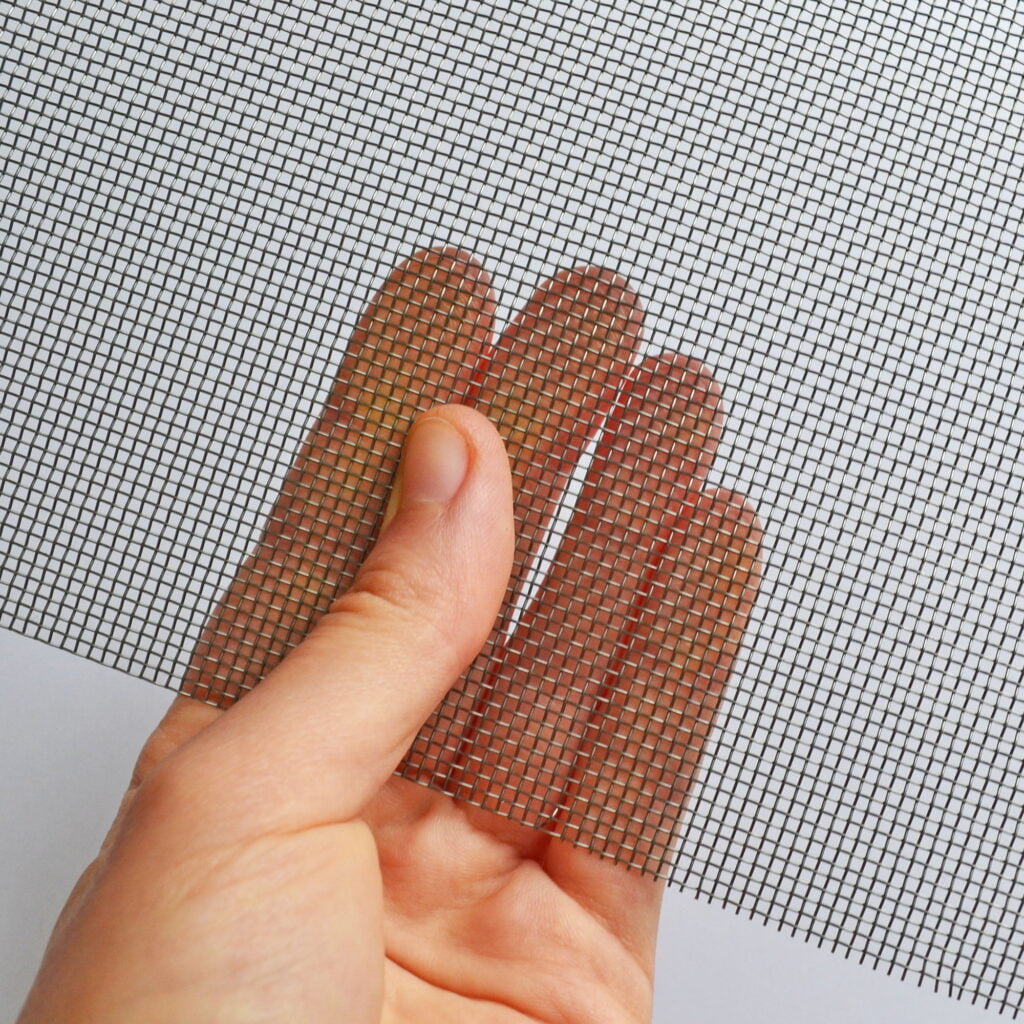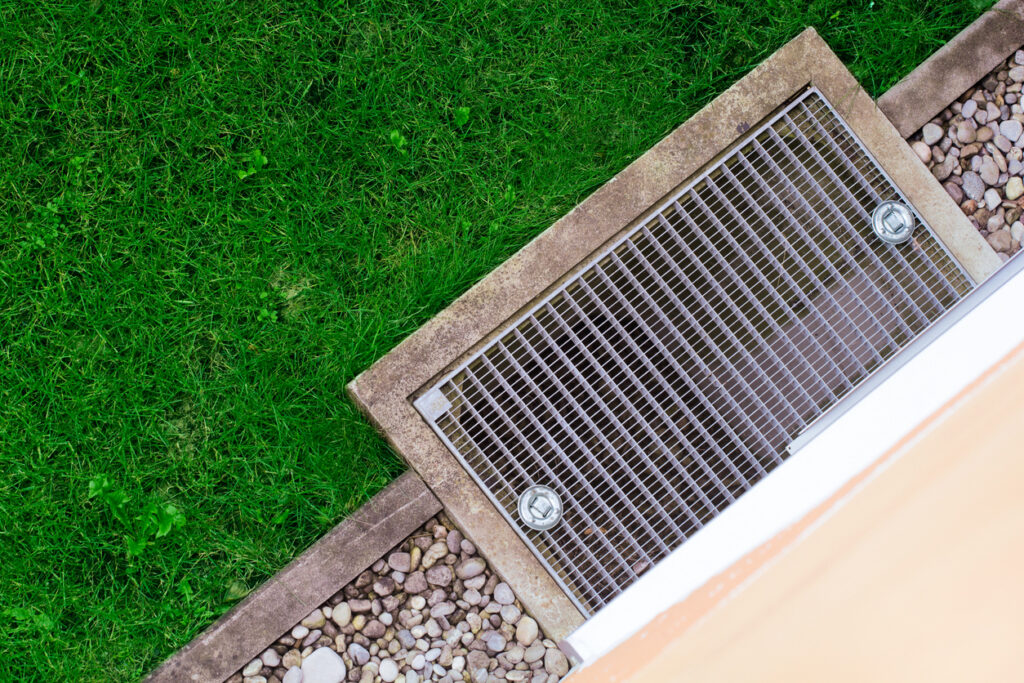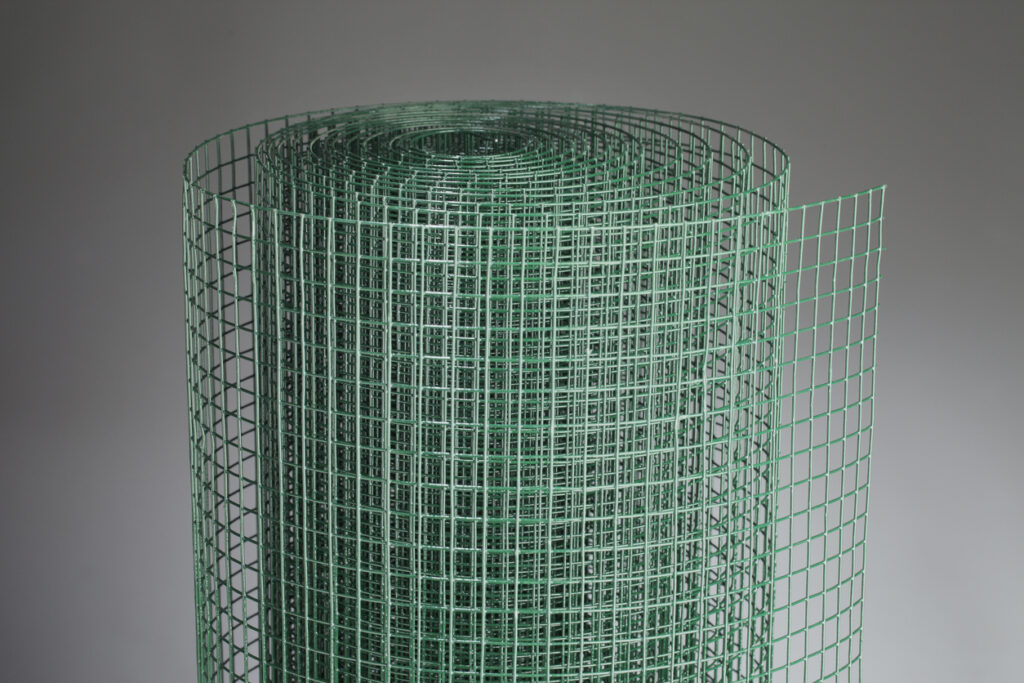









Pollen is a common allergen that affects millions of people worldwide. It can cause a range of symptoms from sneezing and a runny nose to itchy eyes and even asthma attacks. For many, the arrival of spring means the start of pollen season and the onset of these unpleasant symptoms. But did you know that you can reduce the amount of pollen in your home by using a fine mesh sieve? In this blog, we will discuss how you can use fine mesh to filter pollen from your home and breathe easier.

Fine mesh is a material made up of thin strands of metal, plastic, or other materials woven together to create a screen with small openings. The size of the openings, or apertures, can vary, but for filtering pollen, a mesh with an aperture size of around 0.149mm is ideal. This size will capture most pollen particles while still allowing air to flow through. We offer a variety of fine woven wire mesh specifications, made from different materials such as stainless steel, brass, and copper
The first step in using fine mesh to filter pollen is to identify where the pollen is entering your home. Common entry points include windows, doors, and ventilation systems.
Once you have identified the entry points, you can install fine mesh screens. For windows and doors, you can replace your existing screens with fine mesh screens or add a layer of fine mesh over your existing screens. For ventilation systems, you can add a layer of fine mesh to the intake vent. Check out our range of fine woven wire mesh specifications to find the one that suits your needs best.
Here are the thebasic steps:
Determine the Required Mesh Size: Choose the appropriate mesh size for pollen filtering. A mesh with an aperture size of around 0.149mm (149 micrometers) would be efficient at capturing a large portion of pollen particles while still allowing air to flow through.
Unroll the Mesh: Carefully unroll the amount of mesh you need from the roll. Lay it out flat on a clean, flat surface.
Measure and Cut: Measure the area where the mesh will be installed or the size of the frame that will hold the mesh. Use appropriate tools, such as standard kitchen scissors or wire cutters, to cut the mesh to the required size.
Install the Mesh: Depending on the application, the mesh may need to be attached to a frame or directly installed onto a surface. For example, if creating a window screen, the mesh would be attached to a frame that fits into the window opening.
Secure the Mesh: Make sure the mesh is tightly secured in its frame or opening to prevent any gaps where pollen could enter.
It is important to regularly check and clean your fine mesh screens. Pollen particles can accumulate on the surface of the mesh, reducing its effectiveness. Use a soft brush or a vacuum cleaner with a brush attachment to gently remove the accumulated pollen. If the mesh is very dirty, you can remove it and wash it with warm soapy water. Make sure to dry it thoroughly before reinstalling.

Different metals have different properties that make them suitable for various applications. For pollen filtration, the most commonly used metals are stainless steel, brass, and copper.
Stainless Steel: This is the most popular choice for pollen filtration due to its durability, resistance to rust and corrosion, and ability to withstand high temperatures. We offer a range of stainless steel fine mesh material for sieves that are perfect for this application.
Brass: Brass is another good option for pollen filtration. It is durable, resistant to corrosion, and has antimicrobial properties that can help reduce the growth of bacteria and other microorganisms on the surface of the mesh.
Copper: Copper is a softer metal than stainless steel and brass, but it also has antimicrobial properties and is resistant to corrosion. However, it may not be as durable as the other options, so it is less commonly used.
Check out our range of fine woven wire mesh specifications to find the one that suits your needs best.
Using fine mesh to filter pollen from your home is an effective and affordable way to reduce allergens and breathe easier. By identifying pollen entry points, installing fine mesh screens, and performing regular maintenance, you can create a healthier living environment for you and your family. Check out our range of fine woven wire mesh specifications to find the one that suits your needs best.
Remember, while filtering pollen from your home can help reduce symptoms, it is also important to manage your exposure to pollen outside your home. Check the pollen forecast, limit your time outside on high pollen days, and take antihistamines as needed.
Breathe easy this pollen season with fine mesh screens!
As always, thank you for checking out our blog. We hope that this helps you with your project. We try to launch a couple of new guides every week. Eventually we will have covered everything there is to cover about mesh.
You may be interested in our blog that explores everything about woven filter mesh.
Our goal for our blogs and help guides is to answer as many questions as possible to help to explain the possibilities of mesh to our customers.














The largest range of wire mesh, chicken wire, wire fencing, woven wire mesh and perforated metal products in Europe, delivered direct from our Warrington warehouse.




Website by: Beech Web Services | Terms and Conditions | Cookie Policy | Privacy Policy | Website Terms and Conditions